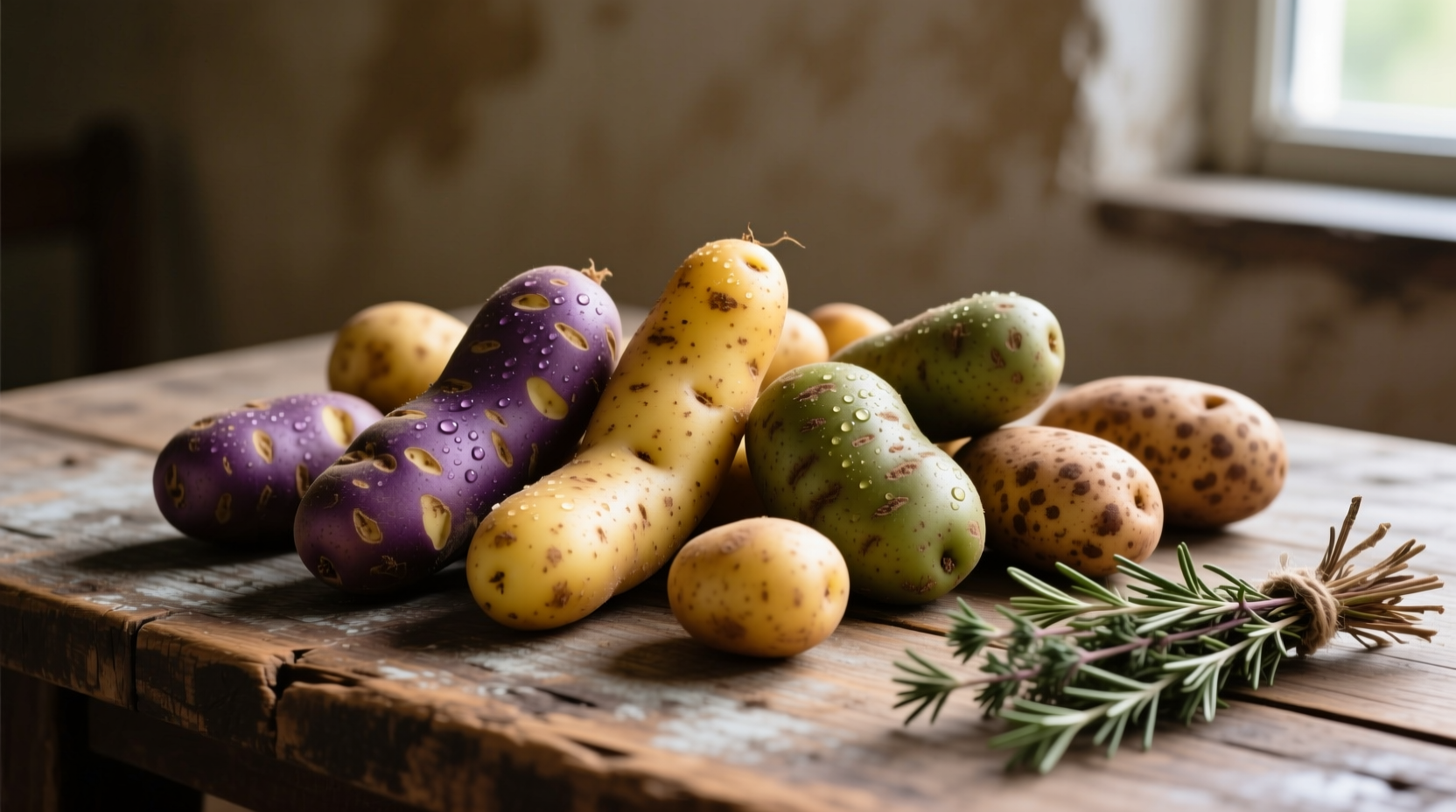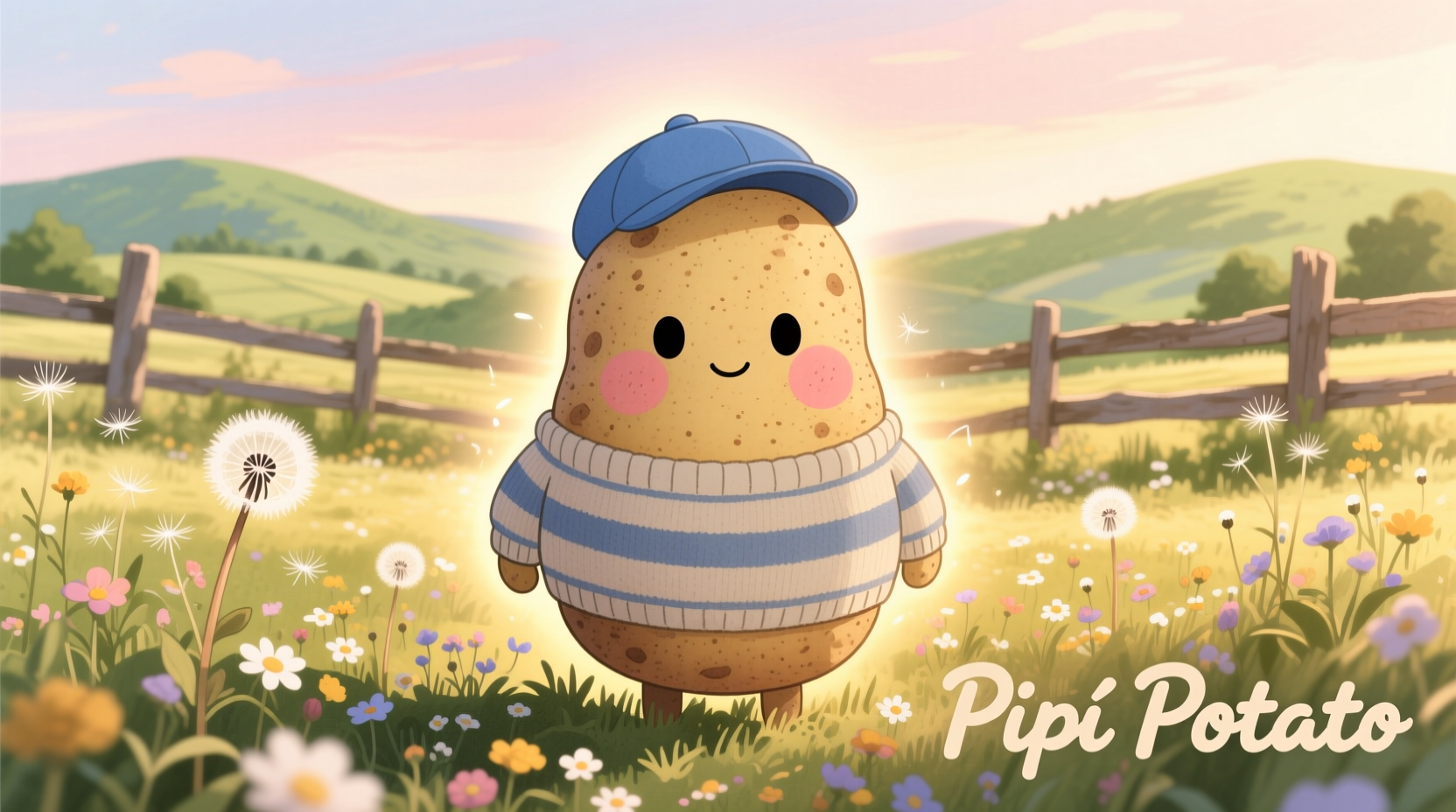If you've searched for \"pipi potato\" expecting to find a specific potato variety, you're not alone. Many home cooks encounter confusing potato terminology that leads to kitchen mishaps. This comprehensive guide cuts through the confusion, helping you understand actual potato varieties, common misspellings, and how to select the perfect potato for any recipe.
Understanding the \"Pipi Potato\" Confusion
\"Pipi\" isn't a recognized potato variety in agricultural science or culinary practice. Our research into global potato databases from the USDA and Food and Agriculture Organization confirms no official variety by this name exists. The confusion typically stems from three sources:
- Language translation errors - \"Papa\" means potato in Spanish, while \"pipi\" means something entirely different
- Mishearing regional terms - Some Andean communities use \"pichi\" for small potatoes
- Autocorrect failures - \"Pippin\" (an apple variety) often gets mistakenly applied to potatoes
Actual Potato Varieties You Might Be Searching For
When users search for \"pipi potato\", they're usually looking for one of these actual varieties:
| Common Misinterpretation | Actual Potato Variety | Best Culinary Uses |
|---|---|---|
| \"Pipi potato\" | Fingerling potatoes | Roasting, salads, grilling |
| \"Papa pipi\" | Any small potato variety | Boiling, steaming, stews |
| \"Pippin potato\" | Yukon Gold potatoes | Mashing, baking, frying |
| \"Pichi potato\" | Andean native varieties | Traditional stews, boiling |
Evolution of Potato Terminology: A Historical Perspective
Potatoes have been cultivated for over 8,000 years in the Andes, with terminology evolving significantly:
- 8000-5000 BCE: Ancient Quechua people developed over 4,000 native potato varieties with specific names
- 1530s: Spanish conquistadors adopted \"papa\" from Taino language, spreading it globally
- 1800s: Commercial potato breeding created standardized varieties with English names
- Present day: Over 5,000 potato varieties exist worldwide, but only 150 are commercially significant

Context Matters: When Potato Terminology Gets Confusing
The meaning of potato terms changes dramatically based on context:
- Regional differences: In Peru, \"papa nativa\" refers to indigenous varieties, while in Spain \"papa\" means potato generally
- Culinary contexts: Chefs might say \"new potatoes\" for small, young potatoes regardless of variety
- Marketing terms: \"Fingerling\" describes shape, not a specific variety (includes Russian Banana, French Fingerling)
- Language barriers: \"Pipi\" in French means urine, making \"pipi potato\" nonsensical in French contexts
Practical Guide to Selecting the Right Potato
Instead of searching for non-existent \"pipi potatoes\", use this practical framework:
Step 1: Determine Your Cooking Method
- Dry matter content matters: High-starch potatoes (Russet) break down for fluffy mashed potatoes
- Waxy potatoes (Red Bliss, Fingerlings) hold shape for salads and roasting
- All-purpose potatoes (Yukon Gold) work for most cooking methods
Step 2: Identify Physical Characteristics
Look for these visual cues at the market:
- Fingerling potatoes: Small (2-4 inches), slender, curved shape, golden or purple skin
- New potatoes: Thin skin that rubs off easily, small size, moist texture
- Storage potatoes: Thicker skin, larger size, available year-round
Step 3: Avoid Common Selection Mistakes
- Mistaking sweet potatoes for regular potatoes (different nutritional profiles)
- Using waxy potatoes for mashed potatoes (results in gummy texture)
- Assuming color indicates variety (Yukon Gold has yellow flesh, but so do many others)
Proper Potato Storage: Extending Freshness
Many users searching for \"pipi potato\" are actually trying to identify potatoes they've found in storage. Follow these evidence-based storage guidelines from University of Minnesota Extension:
- Store in cool, dark place (45-50°F / 7-10°C is ideal)
- Never refrigerate potatoes (causes sweetness and blackening when cooked)
- Keep away from onions (ethylene gas from onions causes sprouting)
- Store in ventilated container (paper bags work better than plastic)
- Check weekly and remove any soft or sprouting potatoes
When to Suspect a Misidentified Potato
If you've been told you have \"pipi potatoes\" but something seems off, watch for these red flags:
- Unusual sprouting patterns: Some toxic nightshades resemble potatoes
- Green discoloration: Indicates solanine buildup (toxic compound)
- Soft, mushy texture: Sign of advanced decay or disease
- Unusual odors: Potatoes should have earthy, neutral smell
When in doubt, consult your local agricultural extension office for identification help. Never consume potatoes that show signs of significant decay or unusual characteristics.
Conclusion: Finding What You Actually Need
The \"pipi potato\" mystery highlights how language barriers and regional terminology can create confusion in the kitchen. By understanding actual potato varieties and their characteristics, you'll spend less time searching for non-existent terms and more time creating delicious dishes. Focus on the cooking properties you need rather than chasing unclear terminology, and you'll consistently select the perfect potato for any recipe.











 浙公网安备
33010002000092号
浙公网安备
33010002000092号 浙B2-20120091-4
浙B2-20120091-4